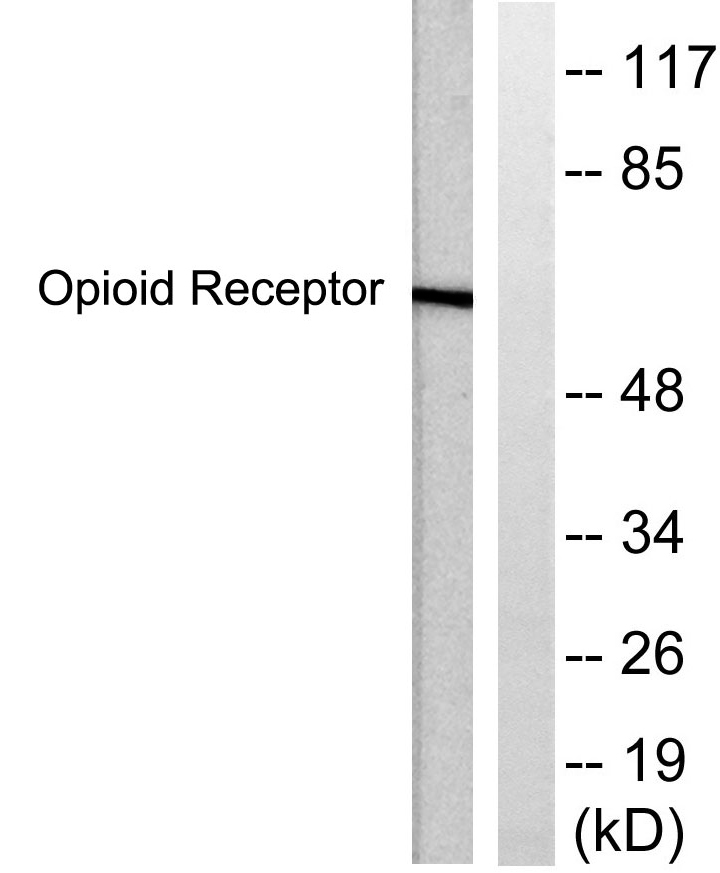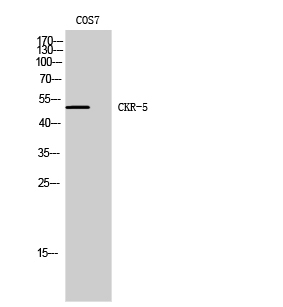


 收藏
收藏
| 规格 | 价格 | 货期 | 数量 |
|---|
 |
Western blot analysis of lysates from COS7 cells, using CCR5 Antibody. The lane on the right is blocked with the synthesized peptide. |
 |
Western Blot analysis of COS7 cells using CKR-5 Polyclonal Antibody |

 电话咨询
电话咨询
 在线咨询
在线咨询
 QQ
QQ
 二维码
二维码
 扫码二维码
扫码二维码